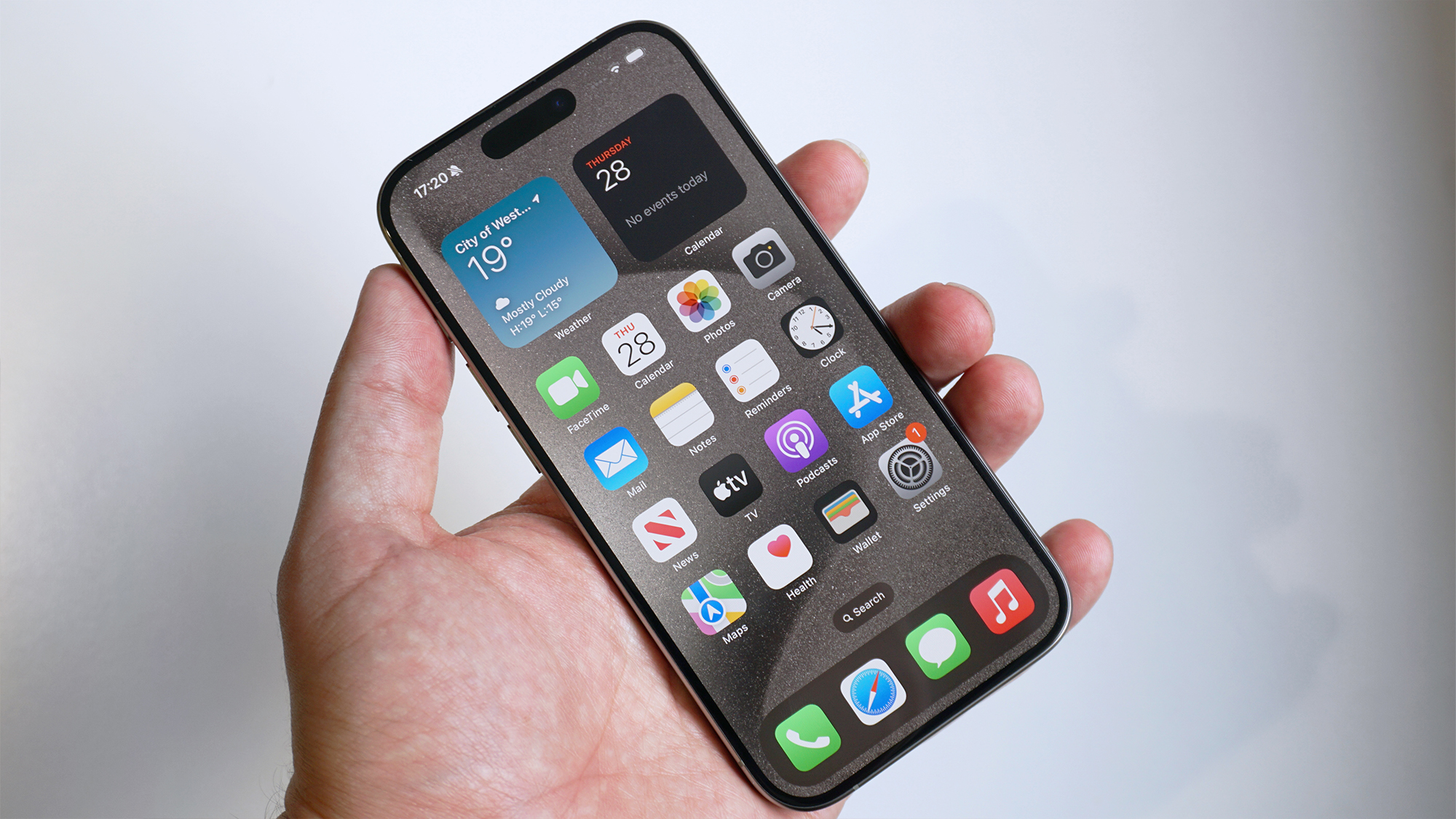
It’s been six months since the launch of Apple’s iPhone 15 series, which means it’s high time we looked ahead to what the iPhone 16 and its siblings might bring to the mobile table in 2024.
If you’ve been following the iPhone 16 rumor mill closely, you’ll know that all four of Apple’s rumored upcoming iPhones are tipped to ship with the A18 Pro chipset (i.e. a successor to the A17 Pro chipset that currently powers the iPhone 15 Pro and iPhone 15 Pro Max). However, you may not be aware that the A18 Pro – despite its numerical superiority – isn’t expected to be all that much more powerful than the A17 Pro. In fact, if the latest leaks are to be believed, the A18 Pro will only be 10% faster than the A17 Pro.
“Only 10%! That’s nothing!” I hear you cry. And yes, in both numerical and real-world terms, a 10% increase isn’t all that significant. But let me tell you: when it comes to iPhones (and, let's be honest, most flagship phones in 2024 and beyond), speed no longer matters.
A18 Pro = A17 Pro + 10% https://t.co/2tuAlLbNdzMarch 10, 2024
The iPhone 15 Pro is the most powerful phone I’ve ever used; it delivers a phenomenally smooth mobile experience, and I’ve never been left wanting for performance while gaming, web browsing, taking photographs, consuming video content or doing any of the other things one does with their phone in this day and age. I’m sure anyone who uses the Samsung Galaxy S24 Ultra as their daily driver feels the same way about their superpowered pocket companion.
The point being: in my opinion, we’ve reached a saturation point when it comes to the speed of flagship phones. Not necessarily overall mobile performance, mind, but the way these phones feel when you’re swiping through them. Even if that aforementioned 10% power increase makes the iPhone 16 10% faster, objectively-speaking, than the iPhone 15 Pro, I’d wager that the difference won't actually be tangible in real-world terms.
Efficiency over speed
We’ve come to expect marginal speed upgrades with every new iPhone iteration, but we needn’t do so anymore – this isn’t 2016, when the scope for improving how fast a phone operates was much larger. I’d rather Apple prioritizes improving other elements of the mobile experience with the iPhone 16; and by the sounds of things, the company is doing just that.
For instance, the A18 Pro is widely tipped to bring impressive AI functionality to the iPhone 16 and its siblings. Specifically, Apple’s next chipset could boast significantly more cores in its Neural Engine – i.e. cores dedicated to AI and machine learning tasks – than the A17 Pro, even if it doesn’t make games run faster than they already do on the iPhone 15 Pro.

Equally, there’s still scope for Apple to improve the efficiency of its flagship chipsets (read: make iPhone battery life better). The iPhone 15 Plus – which uses Apple’s last-gen A16 Bionic chipset – is our current pick as the best iPhone for battery life, since it outlasted the A17 Pro-equipped iPhone 15 Pro in our testing. As such, we’d like to see an A18 Pro-equipped iPhone 16 boast even better battery life than last year’s mid-range model.
All this is to say that, in today’s market, we shouldn’t think of one flagship chipset as ‘faster’ than another. The Samsung Galaxy S25 is rumored to boast a Snapdragon 8 Gen 4 chipset that’s objectively more powerful than the iPhone 16’s A18 Pro – but does it really matter?
I’m keen to see industry tipsters and mobile manufacturers talk more about quantifiable chipset improvements and less about intangible Geekbench scores and clock speed increases. We as tech reporters have our part to play in that mindset change, too, and I hope that future rumors surrounding Apple’s A18 Pro chipset are blissfully figure-free and get down to brass tacks.







